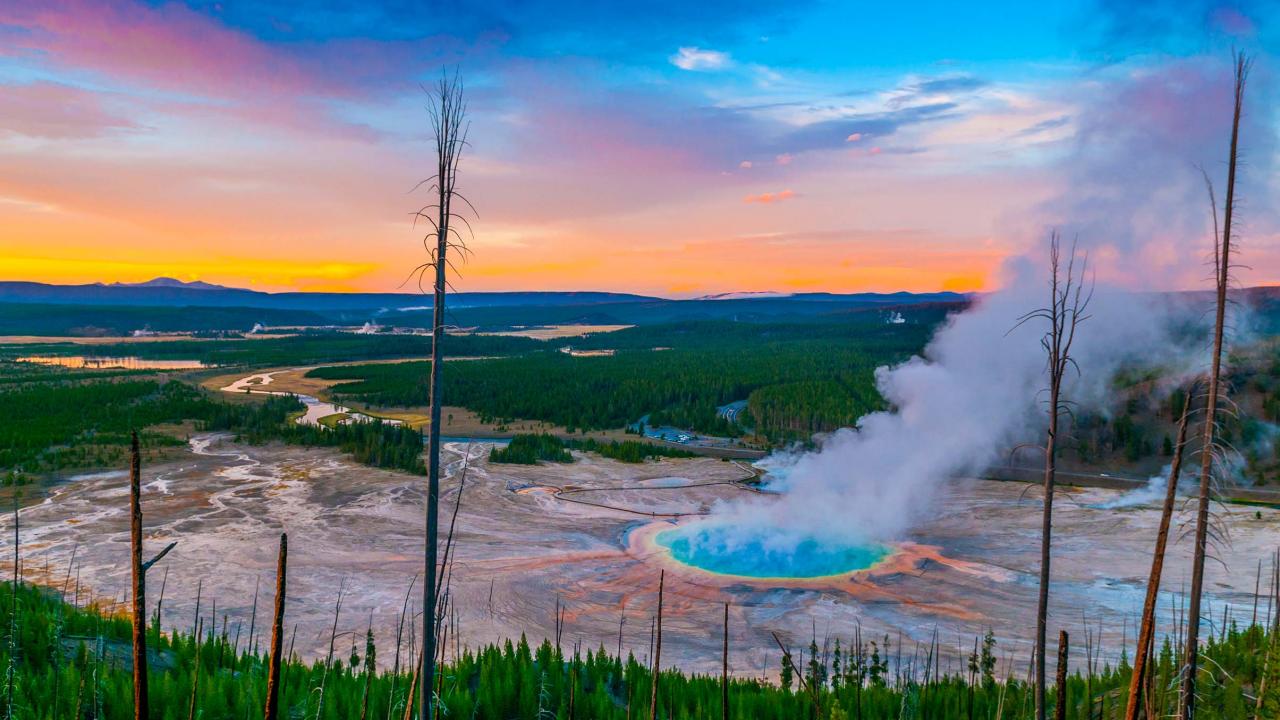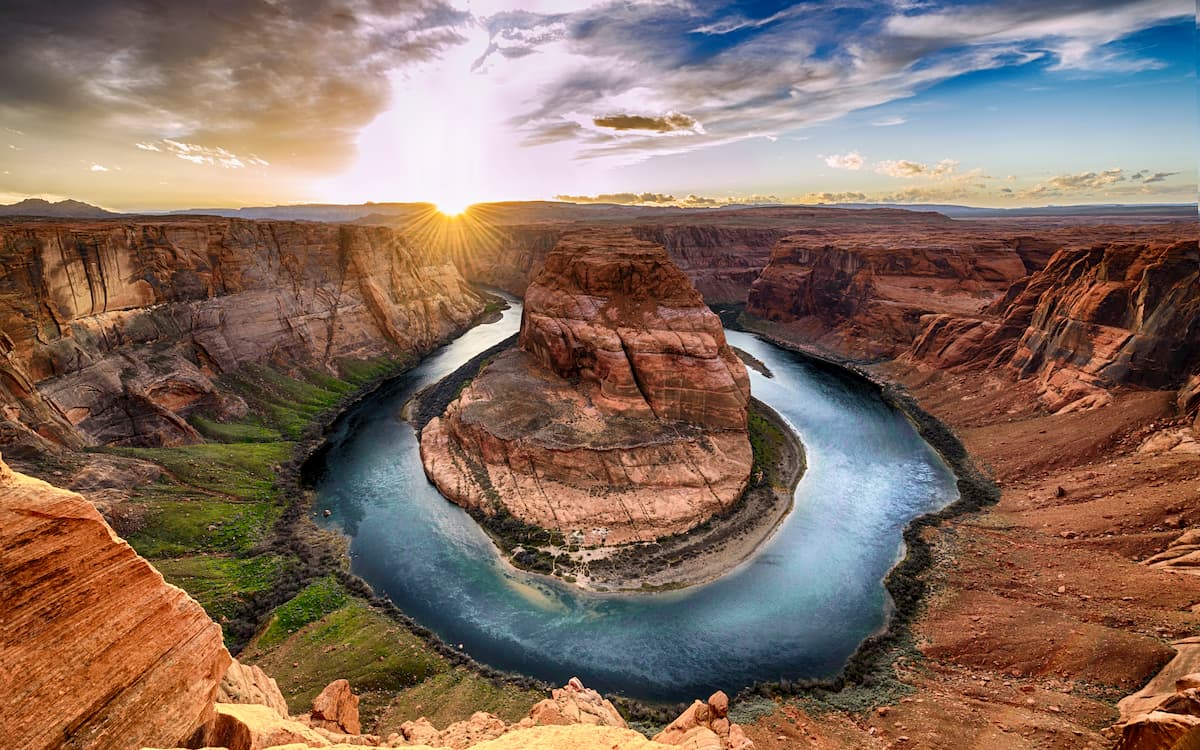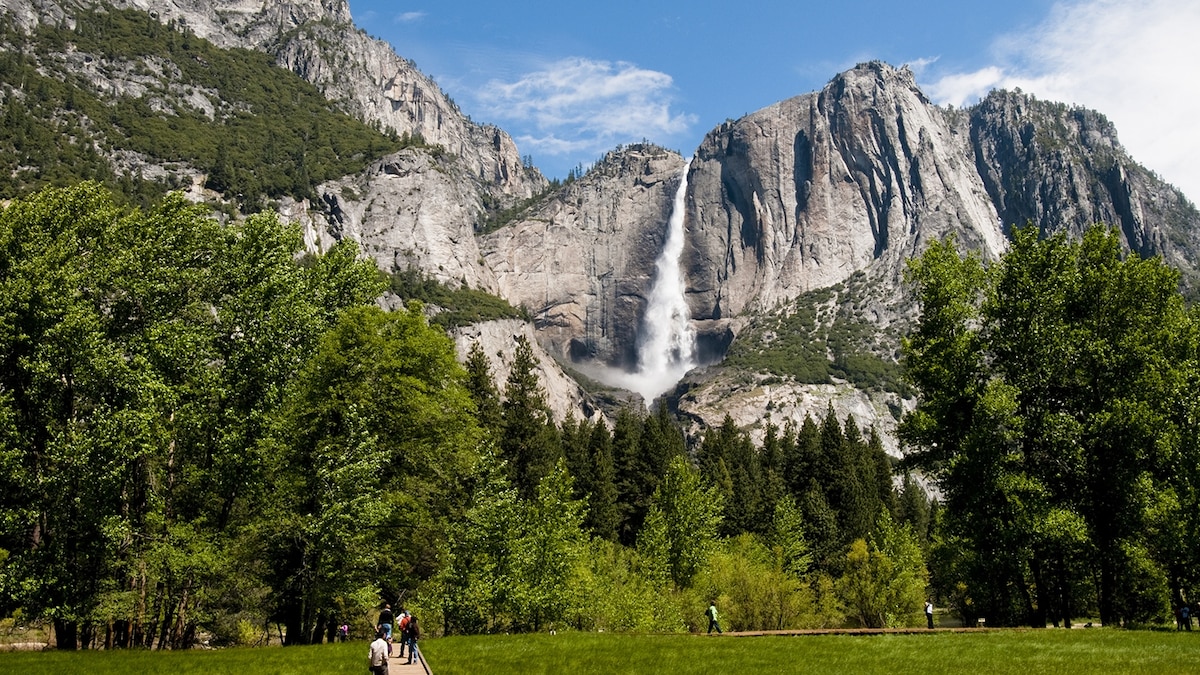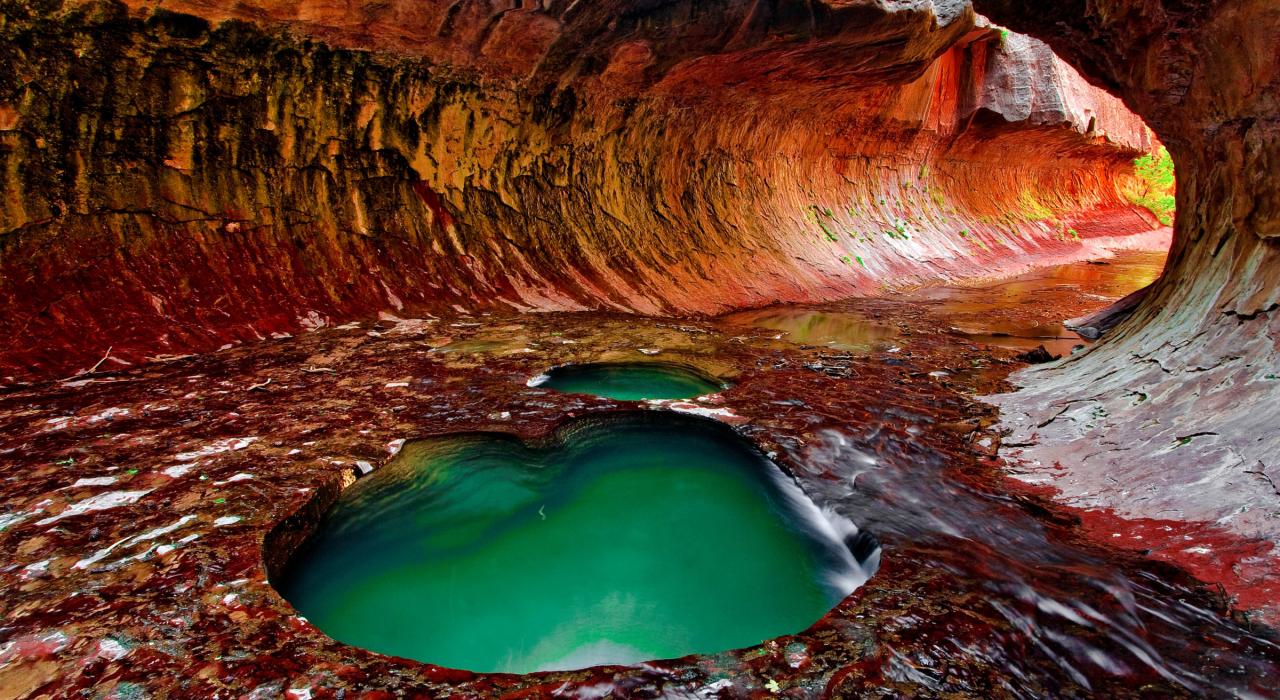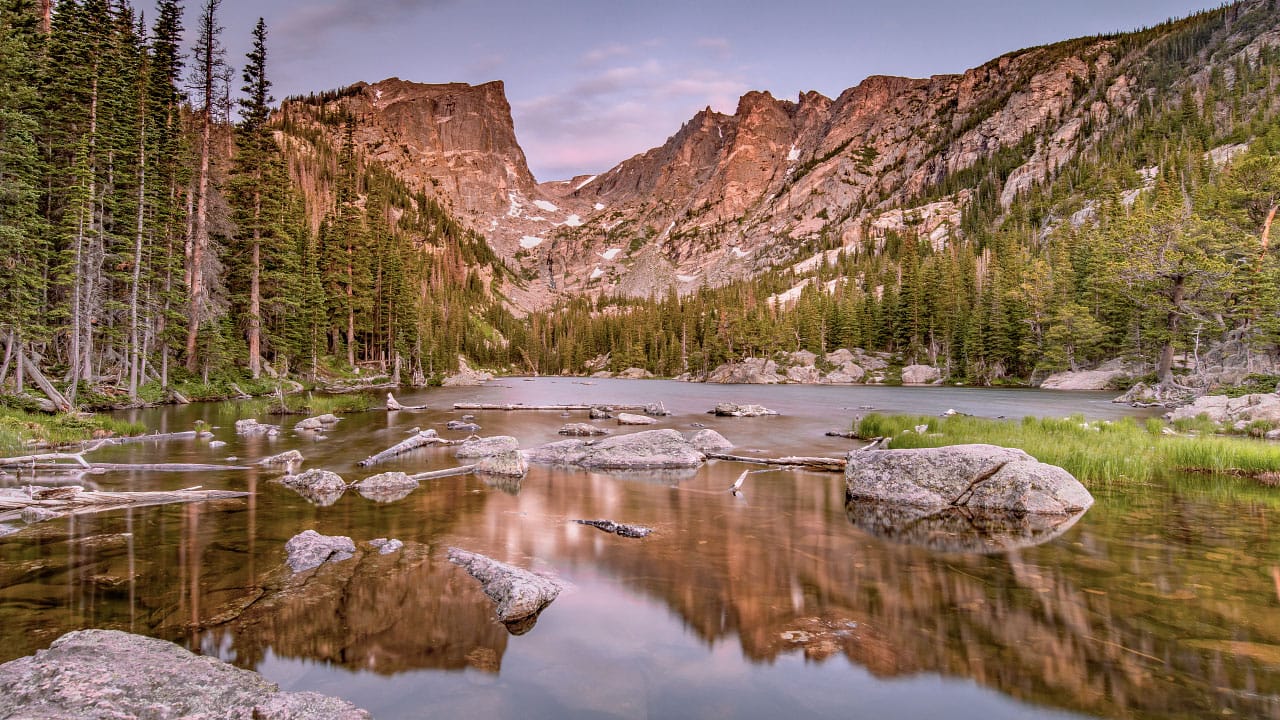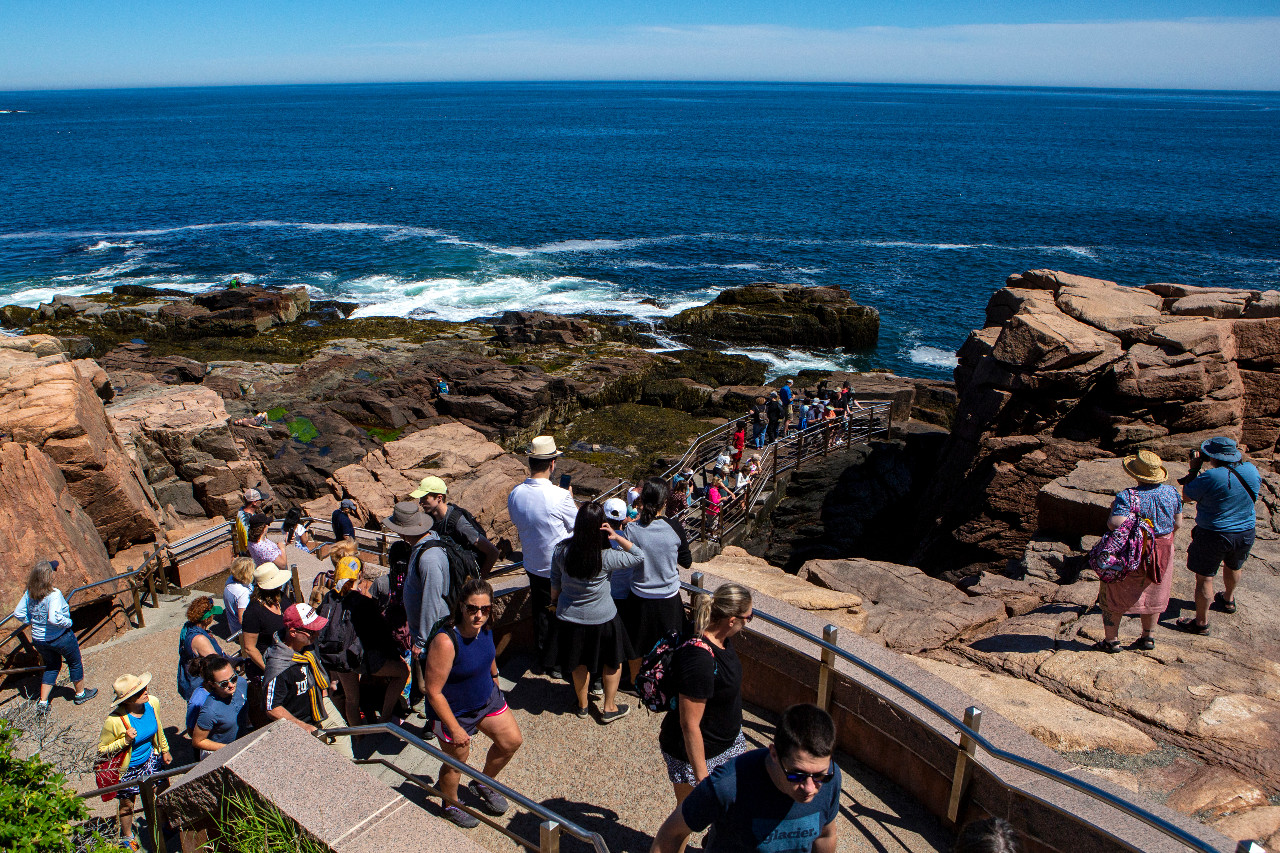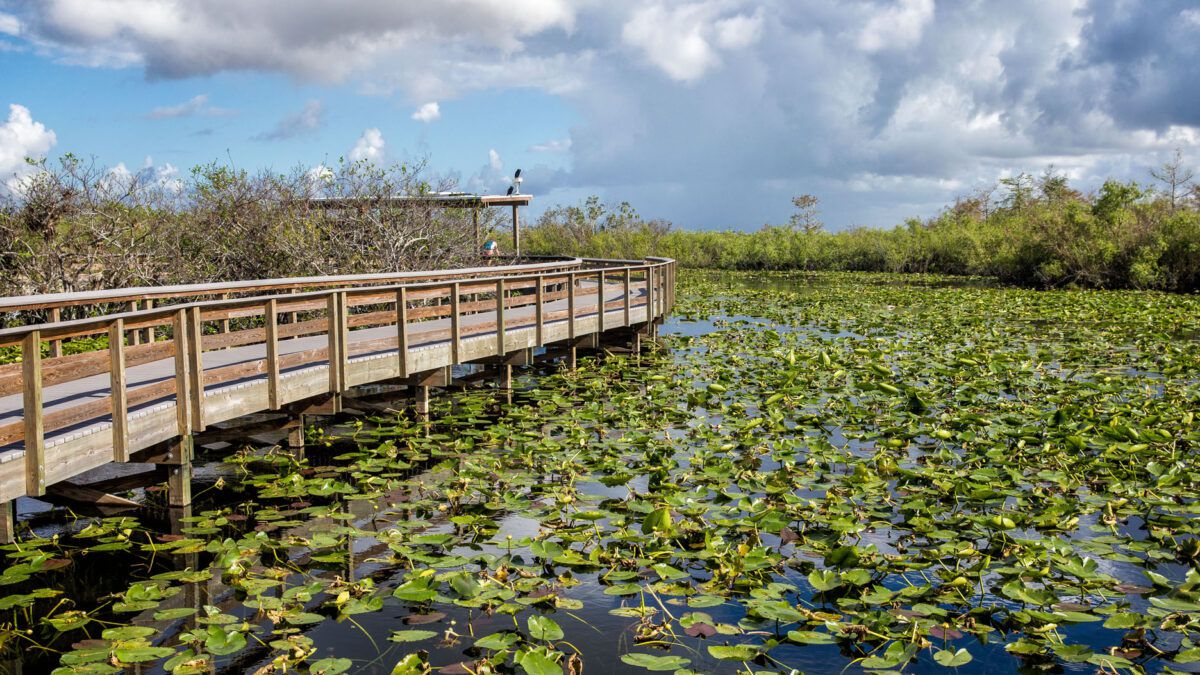National Parks In The US - America's Natural Treasures
America is blessed with an abundance of natural beauty, and its national parks offer a gateway to explore and appreciate these stunning landscapes. From majestic mountains to dramatic canyons, diverse ecosystems to unique wildlife, the national parks in the US are a treasure trove of natural wonders.
Author:Jane RestureJul 26, 202350.9K Shares848.9K Views
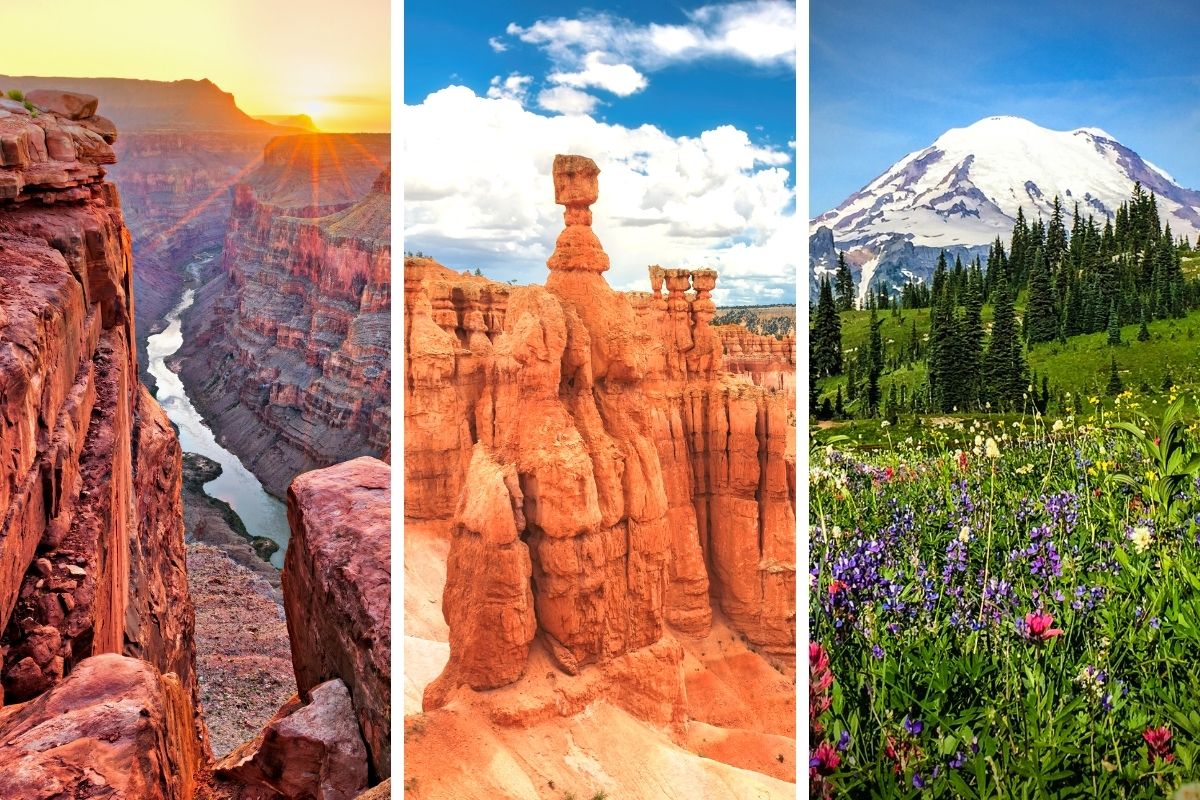
America is blessed with an abundance of natural beauty, and its national parks offer a gateway to explore and appreciate these stunning landscapes. From majestic mountains to dramatic canyons, diverse ecosystems to unique wildlife, the national parks in the USare a treasure trove of natural wonders.
Let's dive into the top national parks in the US and highlight their key features, locations, activities, and tips for an unforgettable experience. Whether you're a hiker, photographer, nature enthusiast, or adventurer, these parks offer something extraordinary for everyone.
Yellowstone National Park
Location - Primarily in Wyoming, with parts in Montana and Idaho.
Best Time to Visit - Yellowstone National Park is open year-round, but the best time to visit is from April to May and from September to October. During these months, the weather is milder, and the park is less crowded. The wildlife is also more active during these seasons.
Yellowstone National Park offers a wide range of activities. Witness the iconic Old Faithful geyser eruption, explore the Grand Canyon of the Yellowstone, hike the picturesque trails, go wildlife spotting for bears and wolves, and take in the beauty of the Yellowstone Lake. You can also enjoy fishing, boating, camping, and even participate in ranger-led programs to learn more about the park's unique geology and ecology.
Grand Canyon National Park
Location -Arizona
Best Time to Visit -The best time to visit the Grand Canyon National Park is during the spring (March to May) and fall (September to November) when the weather is pleasant, and the crowds are smaller. Avoid the peak summer months when temperatures can soar.
The Grand Canyon offers a myriad of activities for visitors. Marvel at the awe-inspiring panoramic views from the rim, hike the popular South Kaibab Trail or Bright Angel Trail to explore the depths of the canyon, take a scenic helicopter tour for a bird's-eye view of the vastness, and experience the thrill of whitewater rafting on the mighty Colorado River. The park also provides opportunities for stargazing, wildlife spotting, and exploring Native American history and culture through guided tours and exhibits.
Yosemite National Park
Location -California
Best Time to Visit -The best time to visit Yosemite National Park is in the late spring (April to June) when the waterfalls are at their peak due to snowmelt. Fall (September to November) is also a great time to visit, with pleasant weather and fewer crowds.
Yosemite National Park offers a wealth of activities for outdoor enthusiasts. Hike to the iconic Half Dome or El Capitan, marvel at the towering Yosemite Falls, explore the picturesque Yosemite Valley, go rock climbing on the granite cliffs, and capture stunning photographs of the park's natural beauty. You can also enjoy camping, fishing, horseback riding, and birdwatching in this magnificent wilderness.
Zion National Park
Location -Utah
Best Time to Visit -The best time to visit Zion National Park is during the spring (March to May) and fall (September to November) when the temperatures are mild, and the park showcases vibrant colors. Summer can be scorching, and winter may have snow and limited access.
Zion National Park is a paradise for outdoor enthusiasts. Embark on the exhilarating Angels Landing hike, which offers panoramic views of the park, hike through the famous Narrows in the Virgin River, where the walls narrow and create a stunning slot canyon experience. For adventure seekers, canyoneering allows you to navigate the park's unique slot canyons with rappelling and scrambling. Scenic drives through the park's stunning landscapes, such as the Zion-Mount Carmel Tunnel, are also a must-see.
Rocky Mountain National Park
Location -Colorado
Best Time to Visit -The best time to visit Rocky Mountain National Parkis from June to September when the weather is pleasant for outdoor activities. However, be prepared for sudden weather changes and afternoon thunderstorms.
Rocky Mountain National Park offers a wide range of activities to immerse yourself in the alpine beauty. Explore the park's extensive trail system, hike to the summit of Longs Peak for a challenging adventure and breathtaking views, drive along the scenic Trail Ridge Road which offers stunning vistas and access to diverse ecosystems, spot wildlife including elk and bighorn sheep, and enjoy camping amidst the stunning alpine scenery.
Acadia National Park
Location -Maine
Best Time to Visit -The best time to visit Acadia National Park is from late spring to early fall (May to October) when the weather is mild, and the park is open for various activities. September and October offer beautiful fall foliage.
Acadia National Park offers a wide array of activities for nature lovers. Hike to the summit of Cadillac Mountain for stunning sunrise views, bike along the scenic carriage roads that wind through forests and along the coastline, kayak along the rugged shoreline, explore the tide pools at low tide, and take a scenic drive on Park Loop Road to admire the park's stunning landscapes. Wildlife enthusiasts can also spot seabirds, deer, and seals along the park's shoreline.
Glacier National Park
Location -Montana
Best Time to Visit -The best time to visit Glacier National Park is during the summer months (July to September) when the Going-to-the-Sun Road is fully open, and most trails are accessible. However, be prepared for crowds during this peak season.
Glacier National Park offers an abundance of outdoor activities and awe-inspiring sights. Drive along the breathtaking Going-to-the-Sun Road, which traverses the park and provides access to numerous hiking trails.
Hike the Highline Trail for spectacular views of glacially-carved valleys and rugged peaks, take a boat tour on the stunning glacial lakes, spot wildlife including grizzly bears and mountain goats, and enjoy camping in the pristine wilderness. The park also offers opportunities for fishing, horseback riding, and wildlife photography.
Everglades National Park
Location -Florida
Best Time to Visit -The best time to visit Everglades National Park is during the dry season, which runs from December to April. During this time, the temperatures are milder, and the mosquito population is lower.
Everglades National Park is a unique and fragile ecosystem unlike any other in the world. Explore the park's waterways on an airboat or kayak to discover its diverse flora and fauna. Go birdwatching for herons and egrets, take a guided tour to spot alligators and manatees, hike the Anhinga Trail for a chance to observe wildlife up close, and immerse yourself in the unique ecosystem of the Everglades. The park also offers opportunities for camping, fishing, and nature photography.
Bryce Canyon National Park
Location -Utah
Best Time to Visit -The best time to visit Bryce Canyon National Park is during the spring and fall when the temperatures are mild, and the park showcases stunning colors. Summer can be crowded, and winter may have snow and limited access.
Bryce Canyon National Park is known for its unique hoodoos and offers a range of activities for visitors. Admire the otherworldly formations from viewpoints along the rim, hike through the mesmerizing amphitheaters on trails like the popular Navajo Loop, go stargazing in the designated Dark Sky area for unparalleled celestial views, and experience the park's natural beauty on horseback. The park also offers opportunities for camping, ranger-led programs, and photography workshops.
Olympic National Park
Location -Washington
Best Time to Visit -The best time to visit Olympic National Park is during the summer months (June to September) when the weather is pleasant and the park's diverse ecosystems are accessible. However, be prepared for occasional rain throughout the year.
Olympic National Park offers a variety of activities to suit every interest. Hike to Hurricane Ridge for stunning panoramic views of snow-capped mountains, explore the enchanting Hoh Rainforest with its moss-draped trees and unique wildlife, relax on the stunning beaches along the Pacific coastline, spot wildlife including Roosevelt elk and bald eagles, and indulge in fishing or kayaking in the park's lakes and rivers. The park also offers opportunities for camping, backpacking, and wildlife photography.
Tips When Visiting National Parks In The US
Some say an adventure shouldn't be planned while some enjoy their itinerary, whether you are a planner or not, here are tips to help you explore the national parks in the US:
Plan Ahead
Research the park you plan to visit, check for any permits or reservations required, and familiarize yourself with the park's regulations and safety guidelines. Some parks have limited access or require advance bookings for camping and accommodations.
Dress Appropriately
Be prepared for changing weather conditions and pack layers of clothing, including waterproof and sturdy footwear. Additionally, don't forget to bring sunscreen, hats, and insect repellent to protect yourself from the elements.
Stay Hydrated
Carry plenty of water with you, especially during hikes and outdoor activities. Staying hydrated is crucial, particularly in hot and dry climates.
Follow Leave No Trace Principles
Respect the natural environment by leaving no trace of your visit. Pack out all trash, stay on designated trails, and avoid disturbing wildlife or their habitats.
Be Mindful Of Wildlife
Observe wildlife from a safe distance and never feed or approach them. Respect their natural behaviors and habitats to ensure their well-being and your own safety.
Capture Memories Responsibly
Take photographs and enjoy the beauty of the national parks, but do so responsibly. Avoid climbing on delicate structures, damaging vegetation, or disturbing other visitors' experiences.
Check For Park Ranger Programs
Many national parks offer ranger-led programs, including guided hikes, talks, and educational activities. Take advantage of these opportunities to learn more about the park's natural and cultural history.
Carry Essentials
Bring essential items such as a map, compass, first aid kit, snacks, and a flashlight. These items can be invaluable in case of emergencies or unexpected situations.
Respect Quiet Zones
Some areas within national parks may have designated quiet zones or wilderness areas. Respect these zones to preserve the tranquility of the natural surroundings and allow others to enjoy the serenity.
Leave A Positive Impact
As visitors, it's our responsibility to protect and preserve these national parks for future generations. Minimize your environmental impact, support local conservation efforts, and spread awareness about the importance of sustainable tourism.
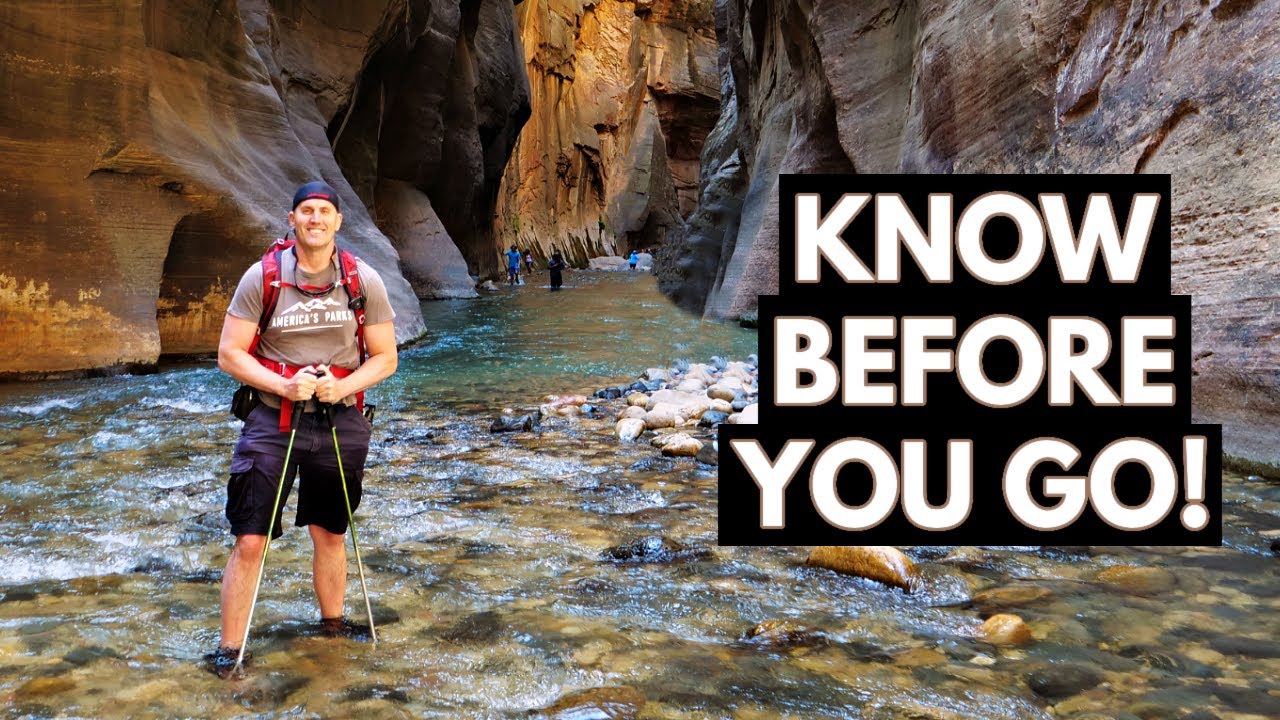
How to Plan a SUCCESSFUL National Park Trip
People Also Ask
What Is The Biggest National Park In The US?
The biggest national park in the US is Wrangell-St. Elias National Park & Preserve, located in Alaska. It spans an impressive 13.2 million acres, making it larger than Yellowstone National Park, Yosemite National Park, and Switzerland combined.
What Are The 3 Biggest National Parks?
The three biggest national parks in the US, based on size, are:
- Wrangell-St. Elias National Park & Preserve- 52,632 square kilometers
- Gates of the Arctic National Park- 30,461 square kilometers
- Denali National Park - 19,194 square kilometers
Which National Park Is The Most Visited?
The most visited national park in the US is Great Smoky Mountains National Park. In 2022, it received an impressive visitation of 12,937,633 visitors.
Here are the top 4 most-visited national parks in 2022:
- Great Smoky Mountains National Park - 12,937,633 visitors
- Grand Canyon National Park- 4,732,101 visitors
- Zion National Park- 4,692,417 visitors
- Rocky Mountain National Park- 4,300,424 visitors
Conclusion
The national parks in the US are a testament to the country's commitment to preserving its natural treasures. Whether you seek awe-inspiring landscapes, thrilling adventures, or peaceful encounters with wildlife, these parks offer something for everyone.
From the geothermal wonders of Yellowstone to the majestic canyons of the Grand Canyon, each park has its unique charm and countless opportunities for exploration. So pack your bags, grab your camera, and embark on a journey to discover the unparalleled beauty of America's national parks. National Parks In The US provide a gateway to unforgettable experiences in nature, where adventure and tranquility await at every turn.
Jump to

Jane Resture
Author
Since she embarked on her first world trip in 2002, Jane Resture spent the past decades sharing her personal journey and travel tips with people around the world. She has traveled to over 80 countries and territories, where she experienced other cultures, wildlife she had only read about in books, new foods, new people, and new amazing experiences.
Jane believes that travel is for everyone and it helps us learn about ourselves and the world around us. Her goal is to help more people from more backgrounds experience the joy of exploration because she trusts that travel opens the door to the greatest, most unforgettable experiences life can offer and this builds a kinder, more inclusive, more open-minded world.
Latest Articles
Popular Articles
